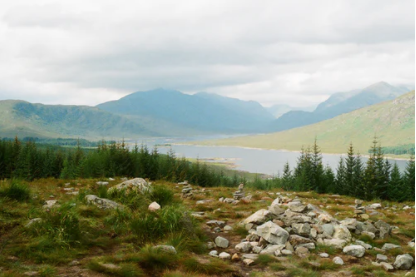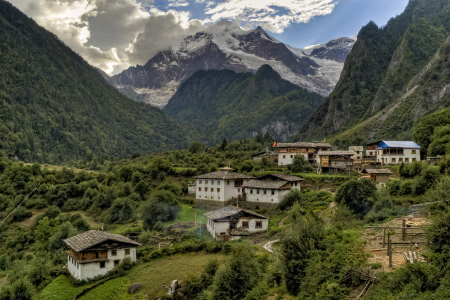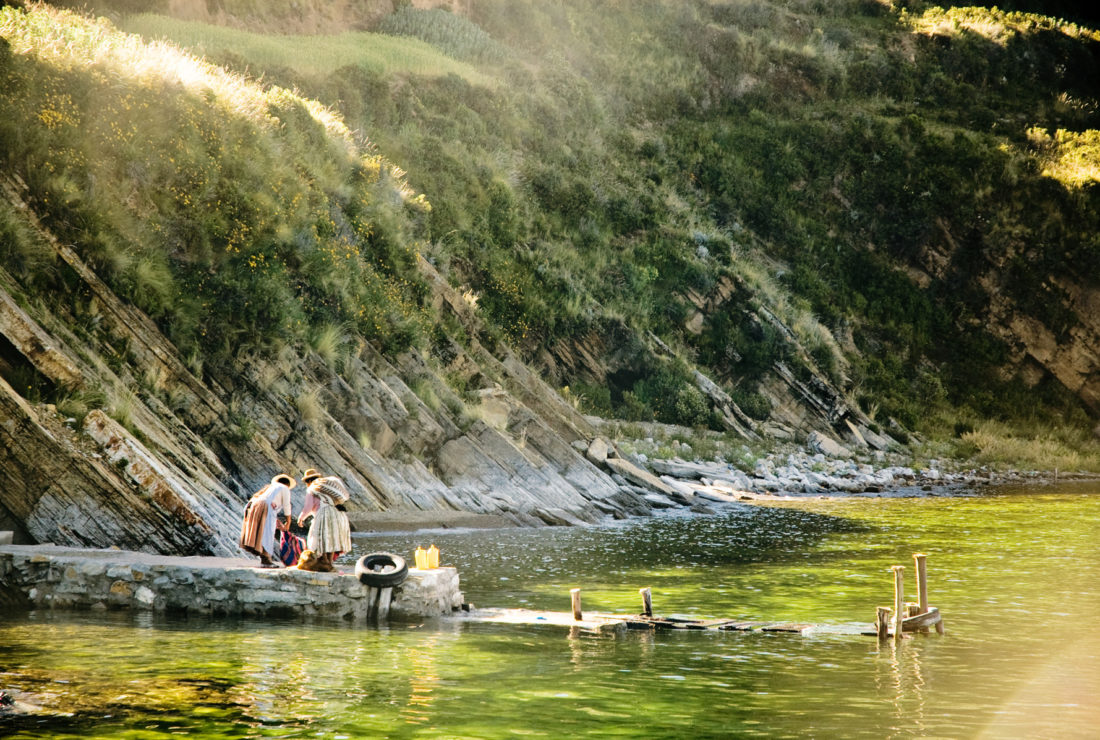Landscape management in the Scottish Highlands

This is one of several projects from Trees for Life, which envisions restoration of the Scottish Highlands to enable both nature and local communities to thrive. The project follows the ‘conviction that nature, people and business need each other to be sustainable for the long term’, falling closely in line with the concept of nature-based solutions.
The project area comprises around 50 estates and is inhabited by about 2300 people. The land is predominantly heathland and moorland, mixed with coniferous and broadleaved woodlands and arable land. The project is in its early stages, with a major current focus being scoping business opportunities to boost the local economy. The main sources of income are expected to be carbon offset payments, tourism, forestry, artisanal crafts, food and drink, low-impact farming including agroforestry, deer stalking and recreational fishing. The aim is to create a local circular economy, with most of the money made from the land staying in the local communities. By creating employment opportunities which are closely tied to nature, Trees for Life hopes to enrich livelihoods and strengthen people’s relationships with nature and each other. Creation of an agenda for supporting cultural traditions in art and music will be led by community members.
The project aims to improve habitat quality and revitalise natural processes. This will involve expansion of tree cover through tree planting and natural regeneration which will be aided by fencing and deer population control. Other key activities will be peatland restoration and regenerative livestock grazing, involving low livestock densities grazing amongst trees, which should improve soil drainage and nutrient status. Landowners take actions at their own pace, in turn increasing the heterogeneity of the landscape.
Read an overview of the project here.




